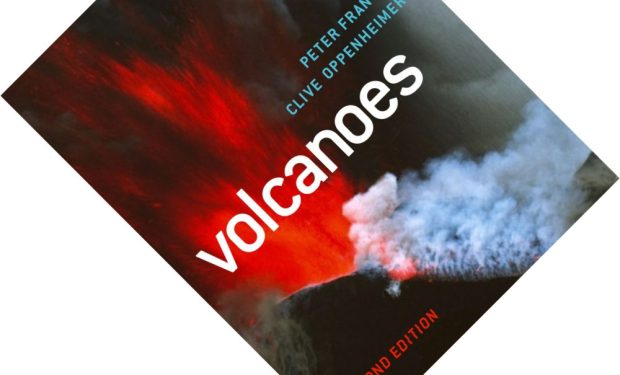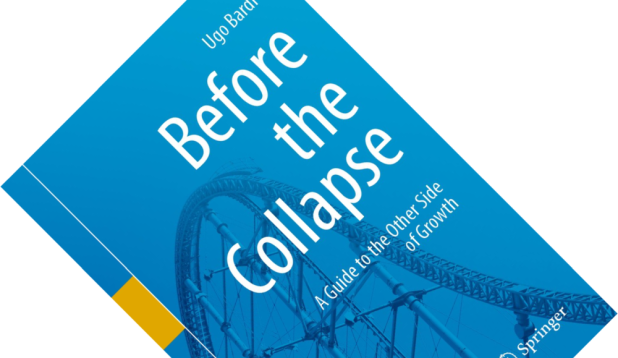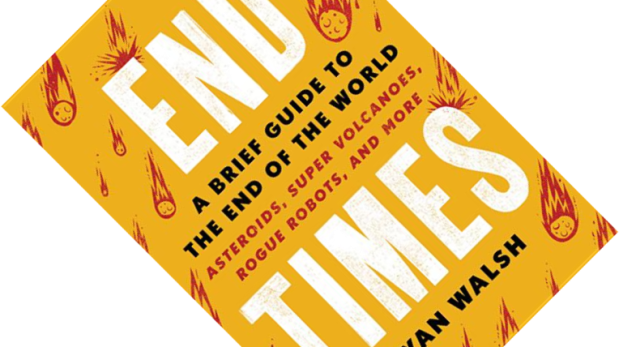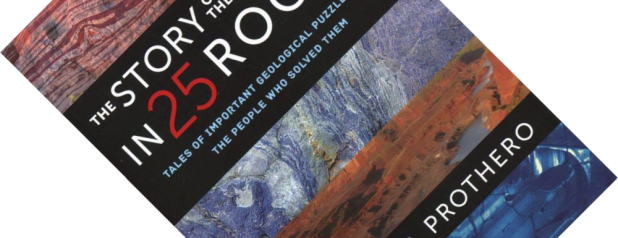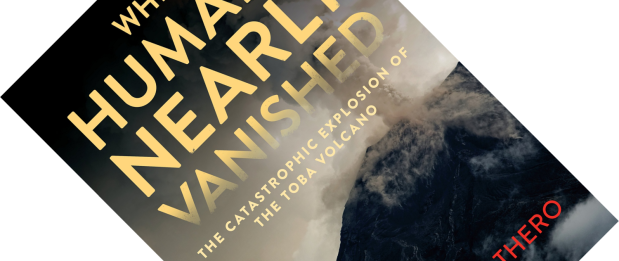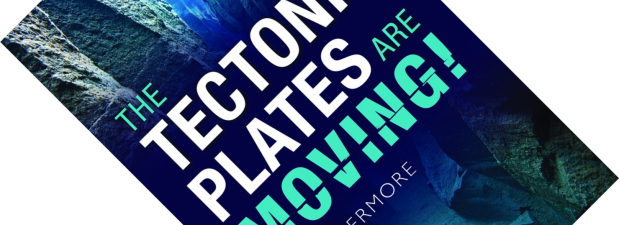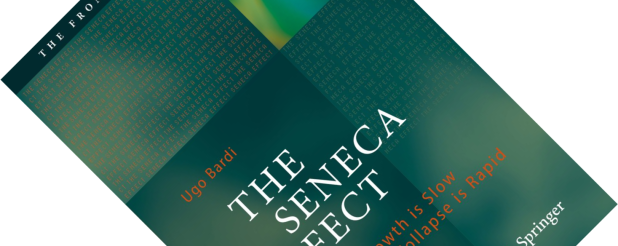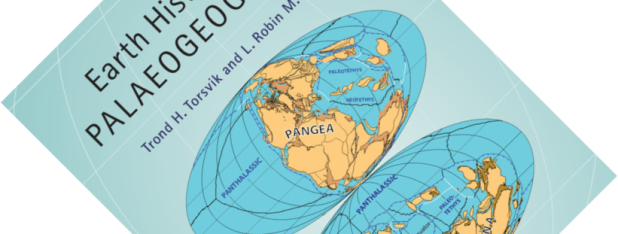7-minute read
Volcanoes are some of the most awe-inspiring natural spectacles on our planet. There is much more to them, though, than the stereotypical image of a conical fire-spitting mountain, and I have been keen to learn more. As I searched for serious introductory books on volcanology, this was one title that kept coming up. But wait, why is a biologist reviewing geology textbooks?

